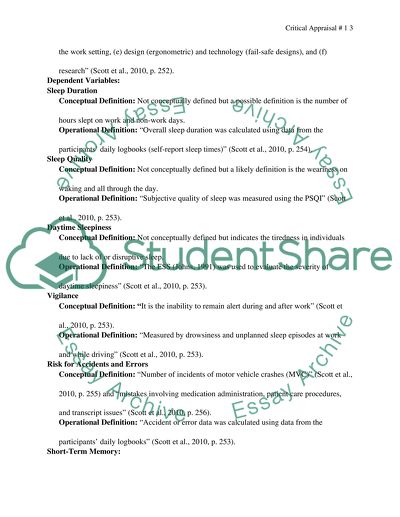Cite this document
(“Critical Appraisal 1 Research Paper Example | Topics and Well Written Essays - 1500 words”, n.d.)
Retrieved from https://studentshare.org/nursing/1428173-critical-appraisal
Retrieved from https://studentshare.org/nursing/1428173-critical-appraisal
(Critical Appraisal 1 Research Paper Example | Topics and Well Written Essays - 1500 Words)
https://studentshare.org/nursing/1428173-critical-appraisal.
https://studentshare.org/nursing/1428173-critical-appraisal.
“Critical Appraisal 1 Research Paper Example | Topics and Well Written Essays - 1500 Words”, n.d. https://studentshare.org/nursing/1428173-critical-appraisal.


